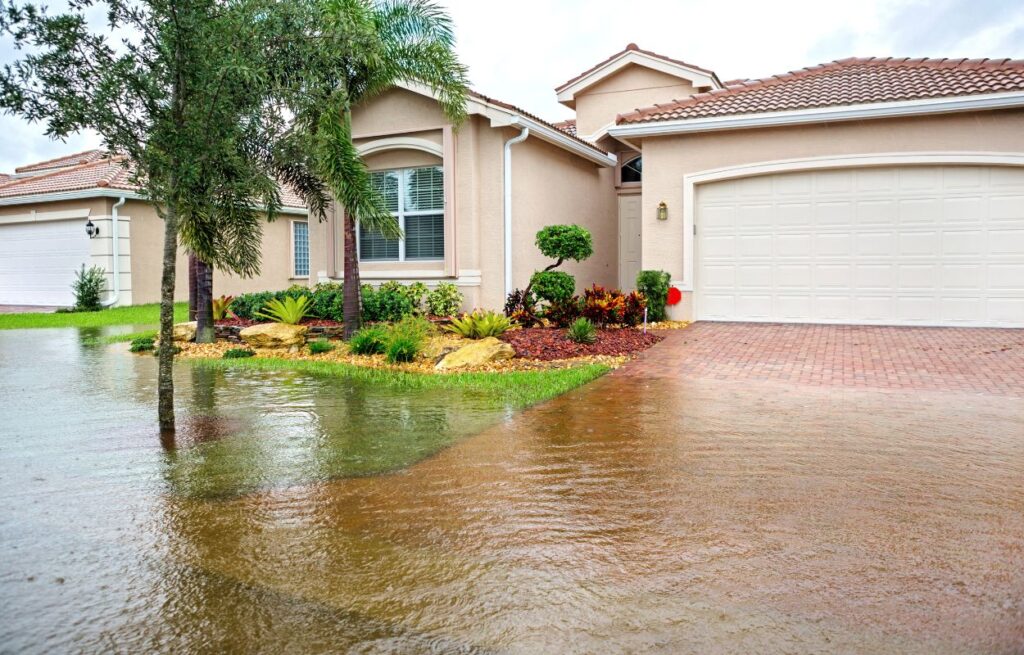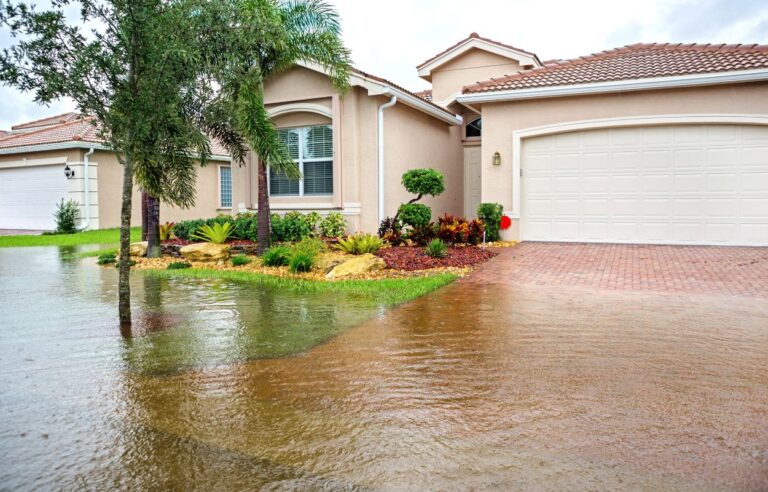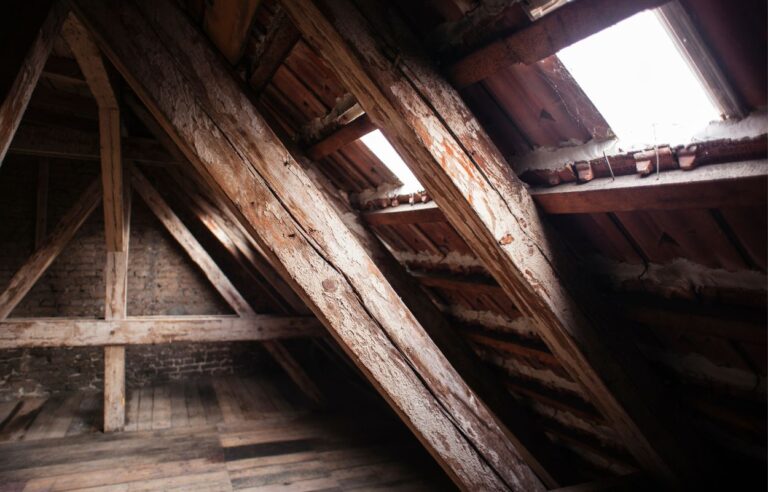Flooding can turn your home upside down in a matter of minutes. One minute everything’s fine, and the next you’re wading through water trying to rescue anything you can. It’s stressful. It’s messy. And it’s incredibly overwhelming. But what happens if you leave the mess alone for a little too long? Is it really that bad if you wait a few days to deal with the damage?
Let’s talk about why time is not on your side when it comes to flood-damaged items—and what you need to do ASAP.
FLOOD WATER IS NEVER JUST WATER
It might look like plain water, but it’s usually far from clean. Flood water often carries bacteria, chemicals, sewage, and other dangerous contaminants. So when it soaks into your carpets, furniture, and drywall, it’s not just a soggy mess—it’s a toxic one.
The longer those flood-damaged items sit, the more time those contaminants have to settle in. That can create serious health risks, especially for young kids, older adults, and people with allergies or breathing issues.
MOLD MOVES IN FAST
This is the big one. Mold doesn’t take long to grow. In fact, mold can start forming in as little as 24 to 48 hours after a flood. That’s right—a day or two. And once mold starts, it doesn’t stop.
Leaving wet carpet, drywall, or even cardboard boxes sitting around gives mold a perfect place to spread. And trust us, mold is not something you want in your home. It can cause everything from musty smells to severe respiratory problems. Plus, mold cleanup can get expensive fast.
Getting help with flood remediation in Nanaimo early can stop mold in its tracks before it becomes a massive, costly headache.
IT GETS HARDER TO SAVE YOUR STUFF
The longer your belongings sit in water, the more damage they take on. That couch you were hoping to dry out? It might become so soaked through that it’s unsalvageable. That stack of books on the bottom shelf? Toast. And wooden furniture? It can warp, swell, or even crack if it’s not dried out properly.
Acting fast gives you a better shot at saving things that matter to you—whether it’s a favorite chair or your kids’ artwork.
YOUR HOME STRUCTURE CAN START TO BREAK DOWN
Floods don’t just mess with your belongings—they also attack the structure of your home. Water can seep into your subfloors, behind your walls, and into your insulation. Over time, that trapped moisture can cause wood rot, weaken support beams, and even damage your electrical system.
It might not be obvious right away, but the damage can snowball. That’s why it’s so important to bring in professionals as soon as possible. Companies that handle flood remediation in Nanaimo know where to look for hidden water damage and how to fix it before it becomes a serious structural issue.
BAD SMELLS STICK AROUND
Let’s talk about smell. Flood-damaged items often come with a nasty odor that gets worse over time. It starts as a damp, musty scent. But if you let it linger, it can turn into a full-on stench that’s almost impossible to get rid of without tearing things out completely.
Even after the water dries, the smell can stick in fabrics, carpet, and drywall. And no amount of air freshener or open windows will truly fix it. Removing damaged items early gives you a fighting chance at keeping your home smelling like home again.
INSURANCE CLAIMS CAN GET COMPLICATED
If you’re planning to file an insurance claim, timing matters. Waiting too long to clean up flood damage can hurt your chances of getting the full coverage you need. Insurance companies may question why you didn’t act quickly, or they might argue that some of the damage was caused by neglect, not the flood itself.
Taking quick action—documenting the damage, removing wet items, and starting cleanup—helps show that you did your part. It also speeds up the entire claims process, so you can start rebuilding sooner.
PESTS LOVE FLOODED SPACES
Unfortunately, flood damage doesn’t just attract mold—it also attracts pests. Wet, rotting materials can lure in everything from insects to rodents. Termites, ants, and even cockroaches love damp wood and soggy cardboard. Mice might move in if they find a quiet, water-damaged spot to nest.
Once pests settle in, it becomes a whole new problem to deal with. And getting rid of them often means even more cleanup and repairs.
ELECTRICAL HAZARDS CAN BE HIDDEN
Flooding and electricity are a dangerous combo. Even after the visible water is gone, moisture can stay trapped in outlets, wiring, and behind walls. If damaged items are left sitting near those areas, they can create fire hazards or put you at risk of electric shock.
Removing waterlogged materials right away helps reduce that risk. But you’ll still want a professional inspection to be safe. Better to catch issues early than deal with a dangerous surprise later.
EMOTIONAL STRESS BUILDS UP
Flood damage isn’t just about physical mess—it also takes a huge emotional toll. Watching your home and your belongings sit in disarray day after day can feel crushing. The longer you wait to tackle it, the heavier the stress becomes.
Taking action right away gives you back some control. It’s empowering. It’s productive. And it helps shift your mindset from “this is a disaster” to “we’re already rebuilding.” Small steps like removing damaged items can make a big difference in how you feel during the recovery process.
HOW TO START CLEANUP RIGHT AWAY
Don’t wait. As soon as it’s safe, get in there and start removing anything that’s soaked or visibly damaged. That includes carpets, furniture, rugs, insulation, cardboard boxes, and even parts of drywall if needed.
Wear gloves and a mask to protect yourself from contaminants. Take photos of everything before you toss it for insurance. And bring in the pros as soon as you can. A company specializing in flood remediation in Nanaimo will know exactly what to do, how to dry things out properly, and how to make sure mold and moisture don’t stick around.
DON’T LET A DELAY TURN INTO DISASTER
It’s tempting to wait. You’re tired. You’re overwhelmed. You want a break. But in a flood situation, time truly is your enemy. Every hour you delay gives mold more time to grow, gives your home more time to break down, and gives your belongings more time to become unsalvageable.
The good news? You don’t have to do it all on your own. Help is available. And the sooner you take that first step, the smoother the whole recovery process becomes.If you’ve experienced a flood and aren’t sure what to do next, don’t panic. Start with what you can do—then call in the experts to handle the rest. Your future self will thank you.





